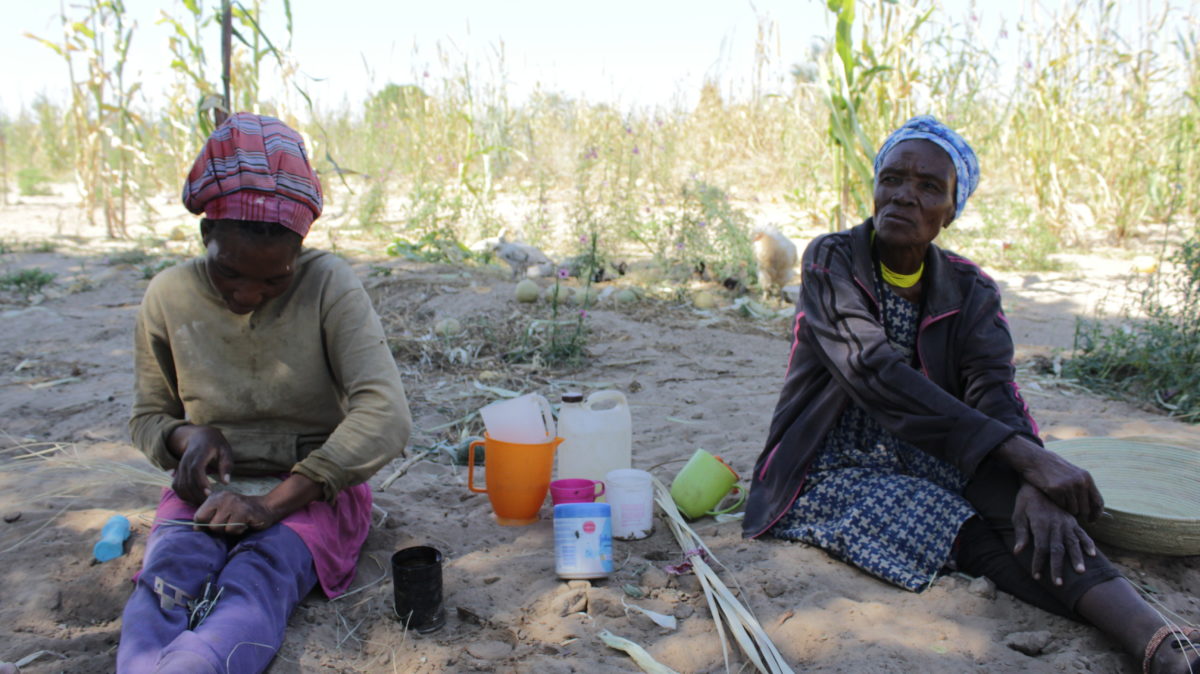By Sonja Smith
Every morning Sarti Ndakola wakes up in Amarika knowing she will have to fetch water from the same well in which two of her brothers died after the sand walls collapsed and suffocated them.
Amarika lies 30 kilometres — and a world away — from the internationally-renowned Etosha National Park, a must see for well-heeled foreign tourists who visit Namibia.
The village, in deep rural northern Namibia consisting of 85 homesteads, has experienced the shattering pain of loved ones dying while engaging in the simple act of trying to access water for over a decade.
Between 2000 and 2018, 11 villagers died after falling into the wells, or when the walls collapsed while they were collecting water. In addition, salty, green water from the wells also led to a hepatitis E outbreak earlier this year.
“What is even more saddening is that it is in the same well where our sons have died that we still continue to go each and every day to fetch water…we have no other option.”
– Sarti Ndakola, Amarika resident
For Ndakola, 69, the memory of her brothers’ deaths in 2008 and 2010, are an ever-present, grim reminder of how hard life is in the village.
“These are still fresh memories, as if they just happened yesterday,” Ndakola, 69, said: “Two of my brothers died in the same well, when they fetched water for household duties.”
Ndakolo said her two brothers — Pius Kandawu and Johannes Ipinge — used to help her with chores at the village.
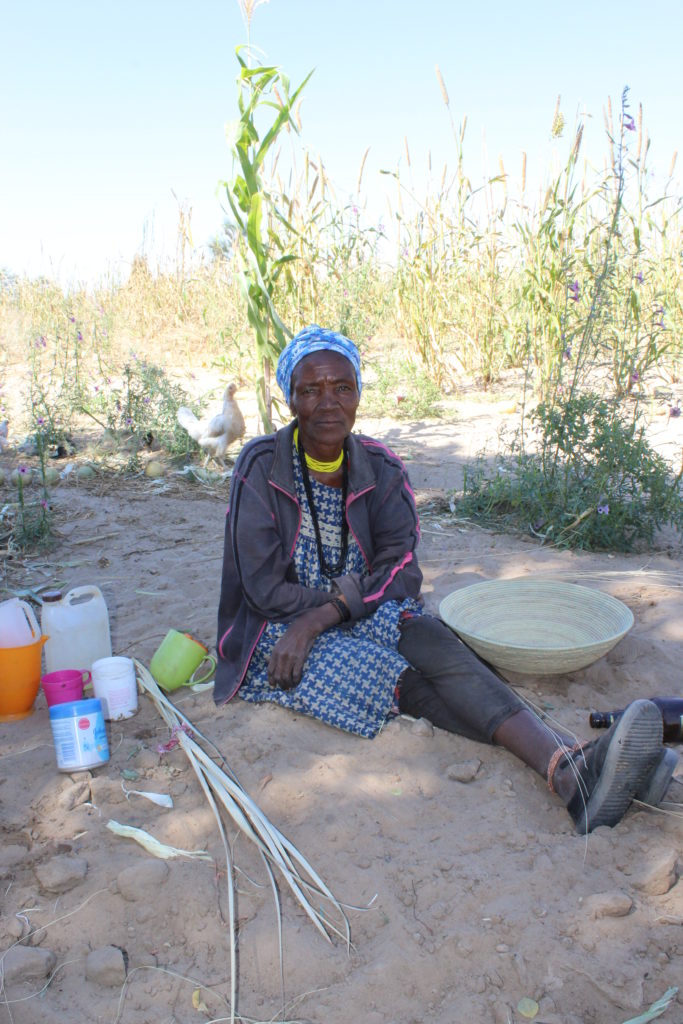
“When my first brother died, we did not receive prompt assistance to pull his body out from the well — his body (corpse) almost slept in there. Assistance to remove her brother’s body finally arrived late at night, she said.
“What is even more saddening is that it is in the same well where our sons have died that we still continue to go each and every day to fetch water…we have no other option,” Ndakola said.
Magano Titus, 53, told said that she also lost her 10-year-old daughter, Anna Tobias, when she fell into a deep well while she was collecting water in 2000.
“I was blessed with six daughters, but I lost one in those wells. I remember… that some of her friends came to get her that day and they all went to fetch water. Hours later, I was told that my daughter fell in the well and didn’t come out. So, we rushed to get some help to get her body out. It is what it is in this village,” Titus said.
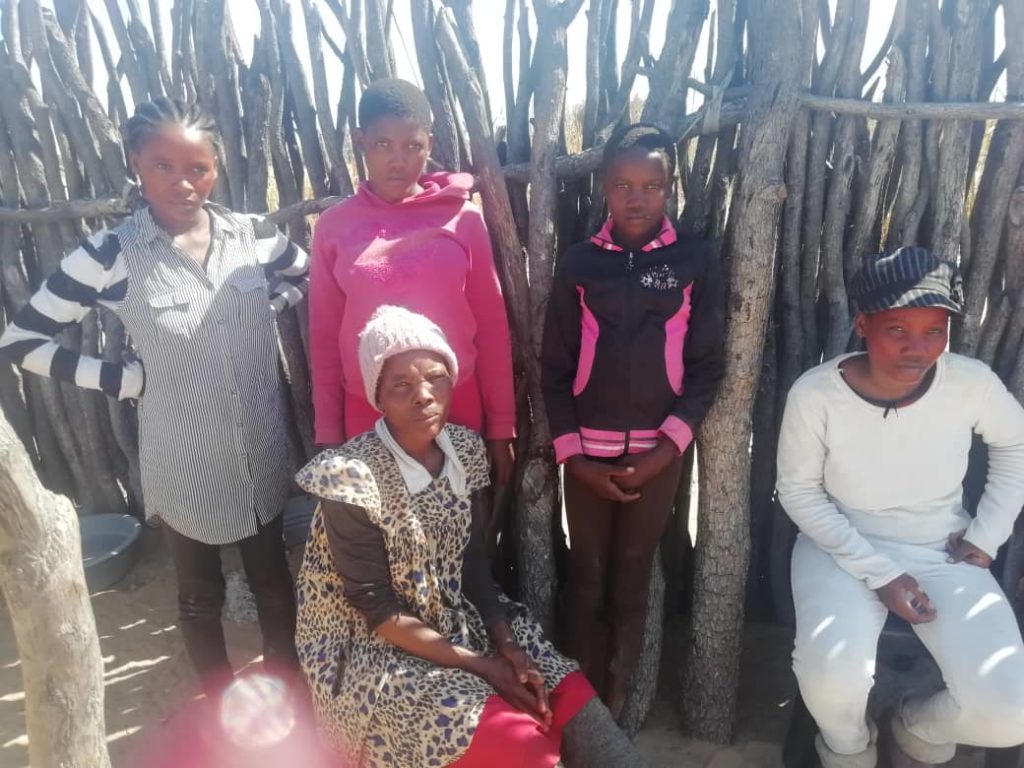
But while villagers flirt with death on a daily basis to collect water, a multimillion dollar solar powered desalination plant built to serve the village lies idle. It broke down in 2017 and has never been fixed because the Omusati regional council, which the village falls under, does not have the technical capacity to fix it, the council’s Public Relations Officer, Simeon Kandjala, said in a 2019 interview.
The plant was installed to provide remote areas with clean and healthy drinking water rather than residents having to rely on the dangerous wells.
Amarika resident, Lea Titus, said that a water tanker, which used to deliver water to the village, no longer does so, because it broke down and has never been repaired.
Grim reminder
Ndakola and Titus’ tragic stories are a stark reminder that the most basic of necessities that others take for granted are not available in Amarika in a country that gained independence three decades ago.
Also known as Omadhiya, Amarika is home mostly to the San bushmen, whose living conditions in Namibia have drawn international attention and condemnation, with persistent claims that they live under conditions that contravene their human rights.
In the village, there is a tangible air of desperation and hopelessness that is immediately felt by outsiders who visit.
Amarika is situated about 73 kilometres from the birthplace of Namibia’s founding president, Dr Sam Nujoma’s hometown of Okahao.
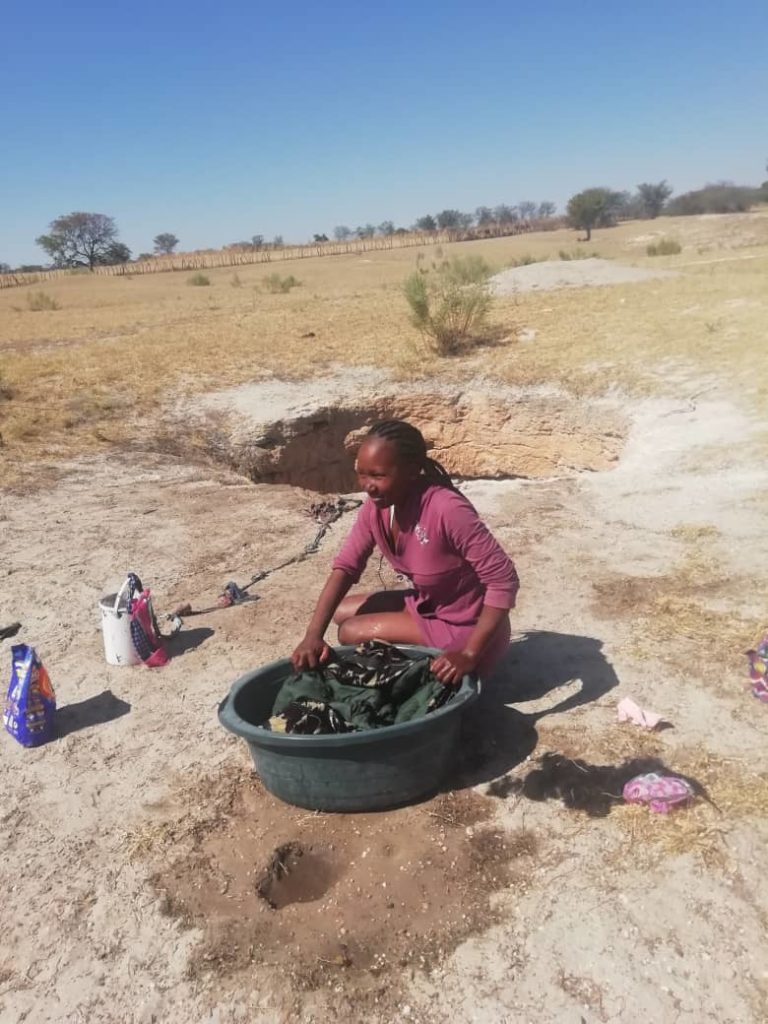
But, unlike Okahao, which is easily accessible via a well-maintained tar road, Amarika is well off the beaten track and even the toughest 4x4s struggle to handle the inhospitable sand paths that lead past scattered homesteads on the way to the village. Infrastructure like paved roads and electricity are non-existent in Amarika.
In the village, there is a tangible air of desperation and hopelessness that is immediately felt by outsiders who visit.
Local authority councillor Johannes Iyambo said that the problem of safe access to clean water for residents of Amarika was only reported to him last week.
“I did not have knowledge of the situation there, I only got to know about it last week. The key to the desalination plant was stolen, and we now need to submit an invoice to the rural water supply in Outapi so that we can open it for them.
“We brought some water to the primary school, but when we returned, the engine of the truck broke, and it will take some time to fix it.
“The matter, however, will be resolved soon. I cannot give a definite answer when that will be carried out,” Iyambo said.
Multimillion rand desalination plant lies idle
In 2006, CuveWaters, a German/Namibian research project involved in integrated water resources management solutions in northern Namibia, began a N$200-million project to install two solar-powered desalination plants in collaboration with the country’s ministry of Agriculture at Amarika and Akutsima, 30 kilometres away. The plant at Akutsima is still operational.
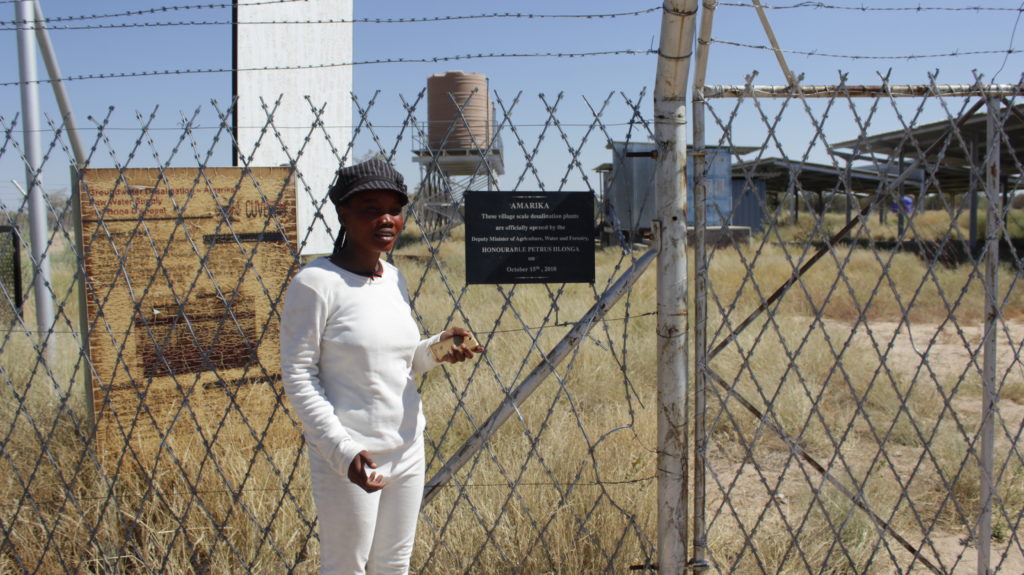
What makes Amarika’s harsh, water-poor circumstances even more unacceptable is that a desalination plant donated by Germany has not been operational for three years. And from 2010 until 2017, it only worked intermittently. Since then, the plant has only been used to store water delivered by a rural water supply truck. But that supply ended when the truck broke down.
‘Comes and goes’
Ottilie Andreas, Amarika’s head woman – the traditional head of a village – since November 2008, told of the hardship that a lack of water has on the village and its inhabitants.
“At the time of my appointment as head woman, we had a borehole for us to access clean water. After a few years, we started to experience water cuts for longer periods, where the water just comes and then goes,” she said.
“When the borehole is not working, we have no choice other than to dig for underground water. That is where my people access water for daily use. As we speak now, we have no access to clean water. We have been drinking dirty water for the past three months.”
“The water has bugs all around because our animals also drink from the water we collect. It is a sad situation for us.”
Ottilie Andreas, Amarika’s head woman
The wells, which are dug by hand, are about five metres deep and the water is reached by climbing down stairs cut into the sandy, unsupported walls. People who descend into the wells must then climb back up the steep stairs carrying heavy buckets of water.
Deaths have occurred when the unstable sides of a well collapsed and buried people collecting water. Others have died when they slipped and fell into a deep well.
Andreas said that she has tried to report the matter to her local authority councillor, Johannes Iyambo, but got no response.
“As a head woman, I have reported this crisis to our councillor, but he has given me no concrete answers as to what he is going to sort out for us. The danger is that we drink from there and we wash our clothes from there. The water has bugs all around because our animals also drink from the water we collect. It is a sad situation for us,” Andreas said.
She also questioned why the Namibian government was not helping them after three decades of struggle.
“Various families have lost their loved ones while accessing clean water. Two of the deceased are men who died a year apart in the very same hole while accessing clean water. It is 30 years after independence and this is how we still live.
“We have been living like this for a very long time, we feel neglected.”
Neglected and forgotten
Amon Makaya, who was fetching water at one of the wells, did not mince his words as he spoke about the plight of villagers.
“Government has neglected us totally; that borehole that was supposed to bring us water only worked for one week and then it was switched off earlier this year. So we have gone back to the normal way of not having water… as we have always lived.”
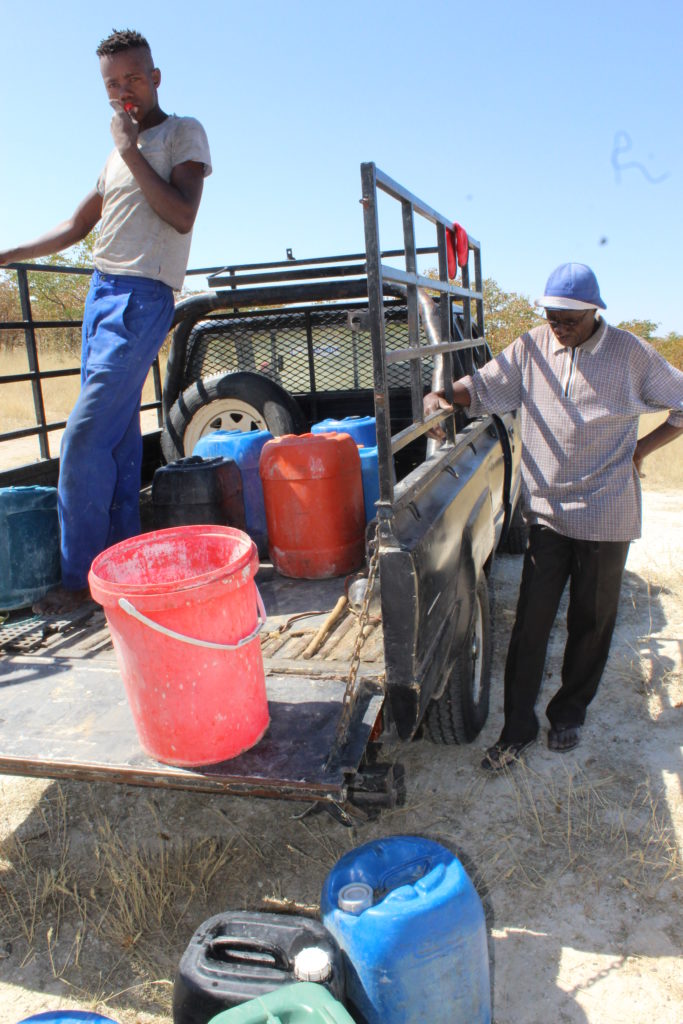
He adds that he’s resorted to digging his own holes. “Some holes have water that is green or brown, others are just dark. But we drink it and cook with it because that is the only water we have.
“The only good thing provided to us by this government over the past 30 years in this village is a good network for our [mobile] phones, that’s it. Water here is a crisis, the two-room clinic we have here only has one health worker, and it is always locked. When we are sick, we must struggle for transport to get out of this village and go to other clinics.”
This story was produced in collaboration with the Center for Cooperative Investigative Journalism
Scared and vulnerable
While the Namibian government has largely ignored the citizens of Amarika, others have been more fortunate. In 2016, Namibia’s water ministry signed a memorandum of understanding with the French Geological Survey for scientific and technical cooperation on water resources exploration and management.
Namibia is an arid country that is regularly affected by drought. Large rivers flow only along its northern and southern borders, but they are far from population centres. They are also far from the country’s mines, which are large water consumers.
In order to confront this challenge, the country has built dams to capture the flow from ephemeral rivers that are often dry for long periods. Namibia has also constructed pipelines to transport water over long distances and has pioneered potable water reuse in its capital Windhoek. It has also built sub-Saharan Africa’s first large seawater desalination plant to supply the city of Swakopmund and a nearby uranium mine with water.
A large scheme to bring water from the Okavango River in the north to Windhoek was only partially completed during the 1980s.
To date, most urban residents have access to drinking water, but rural people — like those in Amarika — stills struggle. Access to sanitation also lags considerably behind access to drinking water.
The bulk water supply infrastructure is owned by NamWater, a public entity operating under commercial principles. It sells water to mining companies, as well as to municipalities, which then sell it to urban residents and businesses.

